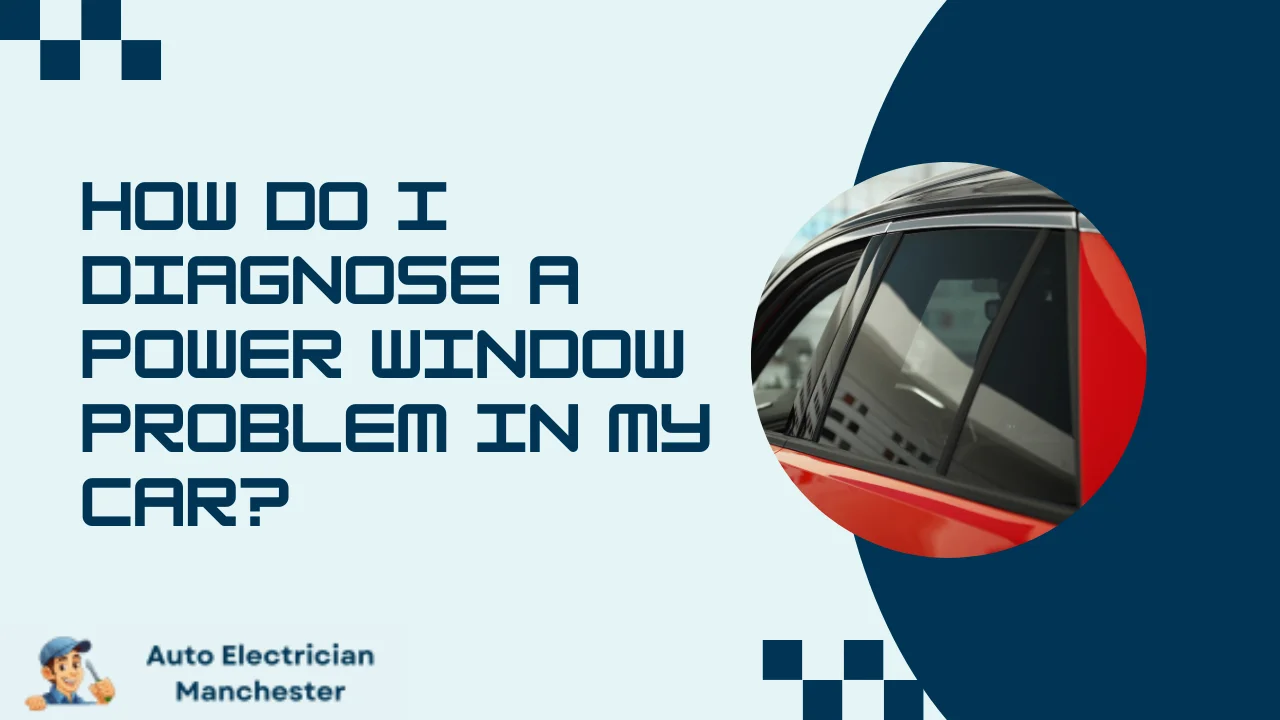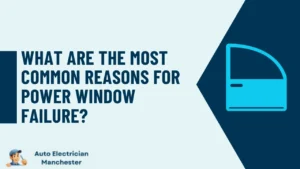
A malfunctioning power window can be a real thorn in your side, especially on a sweltering summer day or a chilly winter night. But before you resign yourself to a trip to the mechanic, take a deep breath! Diagnosing the culprit behind your power window woes can often be a DIY project. This handy guide will equip you with the knowledge to pinpoint the problem and get your window rolling up and down smoothly once again.
Common Power Window Issues
Car windows are marvels of modern engineering, but like any mechanical system, they’re not invincible. Here’s a quick rundown of the most frequent power window troublemakers:
Blown Fuse: This tiny guardian protects your electrical circuits from overload. A blown fuse is a common culprit for all your windows being inoperable.
Faulty Window Switch: The switch is the control center for your window’s operation. A malfunctioning switch can leave your window unresponsive.
Window Regulator: This unsung hero is the mechanism that translates the switch’s signal into window movement. Worn-out parts or a failing motor within the regulator can lead to grinding noises or sluggish window operation.
Electrical Issues: Wiring problems, like a loose connection or damaged wires, can disrupt the flow of electricity to the window system.
Isolating the Problem
Before diving into specifics, it’s crucial to isolate the issue. Here’s a simple two-step approach:
Step 1: Single Window vs. All Windows:
Single Window Woes: If only one window is acting up, the problem is likely specific to that window’s mechanism.
All Windows Down for the Count: If all your windows are powerless, the cause might be a blown fuse or a faulty window switch control module.
Step 2: Quick Fixes Before Deep Dives:
Fuse Box Check: Consult your car’s manual to locate the window fuse. A blown fuse is usually easy to spot and can be replaced with a fuse of the same rating (the amperage is typically printed on the fuse itself).
Window Switch Test: Try operating the other windows using their respective switches. If they function normally, the issue might be isolated to the switch of the malfunctioning window.
Listen Up! The Sounds of Power Window Trouble
Your ears can be valuable allies in diagnosing the problem. Here’s what the sounds (or lack thereof) might tell you:
Silent Treatment: A window that doesn’t respond with a whimper or a whir when you press the switch suggests an electrical issue like a blown fuse, faulty switch, or wiring problem.
The Grind is Real: A grinding noise when attempting to operate the window is a strong indicator of a failing window regulator. The regulator is essentially the window’s muscle, and grinding noises suggest worn-out gears or a failing motor within the mechanism.
Advanced Diagnosis
For some situations, further troubleshooting might be required. This may involve using a multimeter to test electrical circuits or consulting a workshop manual for specific procedures related to your car model. If you’re not comfortable with electrical testing or the problem seems intricate, don’t hesitate to seek help from a qualified mechanic. They possess the expertise and tools to diagnose and repair the issue efficiently.
Remember: Safety First!
Always prioritize safety when working on your car. If you’re unsure about any step or feel uncomfortable proceeding, it’s always best to consult a professional.
Keeping Your Windows Rolling Smoothly
By taking proactive steps, you can minimize the chances of power window problems. Here are some tips:
Avoid Excessive Use: While power windows are convenient, using them constantly, especially for short movements, can put unnecessary strain on the mechanism. Try using the good old manual window crank occasionally to give the power window system a break.
Keep it Clean: Dirt, debris, and grime can accumulate in the window tracks, hindering smooth operation. Regularly clean the window tracks and surrounding areas with a damp cloth to prevent this.
Listen to the Signs: Don’t ignore unusual noises or sluggish window movement. These can be early signs of a potential problem. Addressing them promptly can prevent a minor issue from snowballing into a major repair.
Troubleshooting Power Window Issues
While the two-step approach provides a good starting point, for situations requiring a deeper dive, here’s a more detailed breakdown to help you diagnose the culprit behind your power window woes:
1. Examining the Window Switch:
Visual Inspection: Start with a basic visual inspection of the window switch. Look for signs of physical damage like cracks or loose buttons.
Switch Operation Test: With the car on, try operating other windows using their respective switches. If they work flawlessly, this strengthens the possibility of a faulty switch for the problematic window.
Multimeter Test (For Advanced Users): If you’re comfortable with using a multimeter, you can perform a continuity test to check if the switch is sending an electrical signal when pressed. Refer to a workshop manual for specific instructions on testing the switch for your car model.
2. Delving into the Window Regulator:
Noise Diagnosis: As mentioned earlier, grinding noises are telltale signs of a failing window regulator. The sound may worsen as you attempt to operate the window.
Window Movement Test: If the window moves erratically or struggles to go up or down, it could indicate a problem with the regulator.
Visual Inspection (After Removal): In some cases, a visual inspection of the regulator after removing the door panel might be necessary. Look for worn-out gears, broken tracks, or a loose window motor connection.
3. Exploring Electrical Connections:
Fuse Box Revisited: Double-check the fuse for the windows. A blown fuse might not always be visually apparent, so replacing the fuse with one of the same rating is recommended even if it appears undamaged.
Wiring Inspection (For Advanced Users): For more complex electrical issues, a thorough inspection of the window wiring harness might be required. Look for any loose connections, damaged wires, or signs of corrosion. Refer to a repair manual for your car model to identify the window wiring harness location.
Important Note: Attempting electrical wiring repairs without proper knowledge can be risky. If you’re not comfortable with electrical troubleshooting, seek help from a qualified mechanic.
Conclusion
By following these steps and remaining mindful of safety precautions, you’ll be well-equipped to diagnose common power window problems. Remember, for intricate repairs or if you’re unsure about any step, consulting a qualified mechanic is always the safest option. With a little troubleshooting know-how and a proactive approach to maintenance, you can keep your car windows rolling up and down smoothly for years to come.
FAQ
Can I reset my car windows to fix a power window problem?
While some cars may have a window reset procedure, it’s not a universal solution. It’s always best to consult your car’s manual to see if a reset procedure exists for your specific model. In most cases, a window reset won’t address underlying mechanical or electrical problems.

David Mack is a seasoned writer with a passion for the auto electrician niche. With years of hands-on experience and a knack for demystifying complex topics, David brings practical insights to his readers. Whether you’re a professional or a car enthusiast, his engaging articles offer valuable tips and trends in auto electrical systems.
